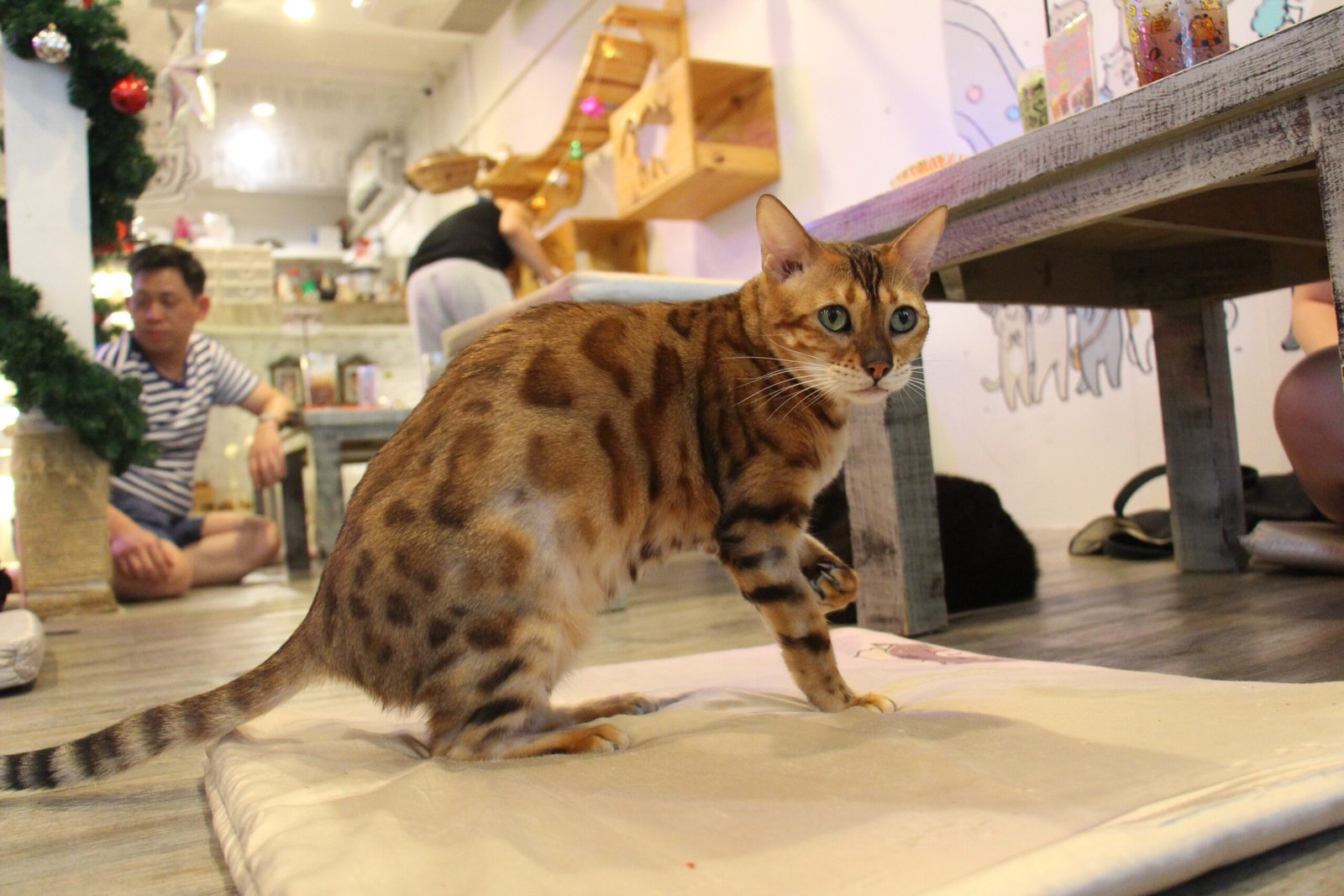Not all cats are purring lap loungers—and that’s totally okay! Some breeds are more independent, aloof, or even downright standoffish when it comes to human interaction. From the fiercely self-reliant Korat to the shy and skittish Singapura, these felines tend to prefer solitude or minimal handling. It doesn’t mean they’re not lovable; they just have their own way of doing things. Understanding their nature helps prevent misunderstandings and mismatched expectations. These cats may thrive best in quieter homes with patient, hands-off owners. If you’re looking for constant cuddles, though, you might want to explore more people-oriented breeds.
Savannah Cat: Wild at Heart
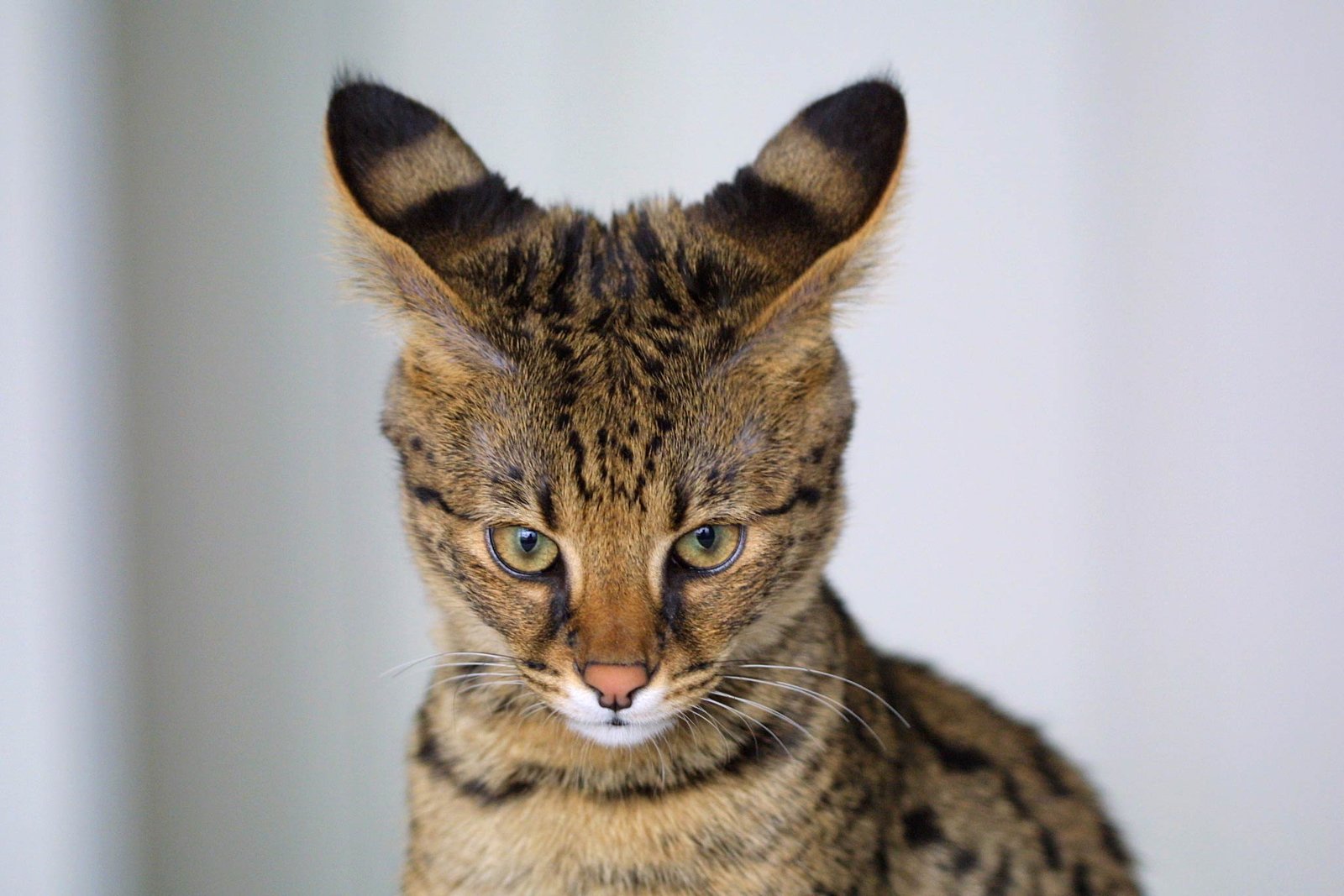
Savannah cats are stunning, with their tall, lean bodies and striking spots that hint at their wild ancestry. Bred from servals and domestic cats, these felines retain much of their wild spirit. While they may bond closely with one person, their affection rarely extends to the whole family. Savannahs are known for being fiercely independent, and they can get easily stressed by too much attention or handling.
If you dream of a lap cat, the Savannah is unlikely to fit the bill. They often prefer exploring, climbing, and even playing in water over snuggling. Their energy and intelligence make them fun to watch, but also tricky to handle. Many owners report that Savannahs will keep their distance, only interacting when it suits them. With their high prey drive and aloof nature, they’re not the best fit for homes that crave a loving, people-focused companion.
Scottish Fold: The Reserved Observer
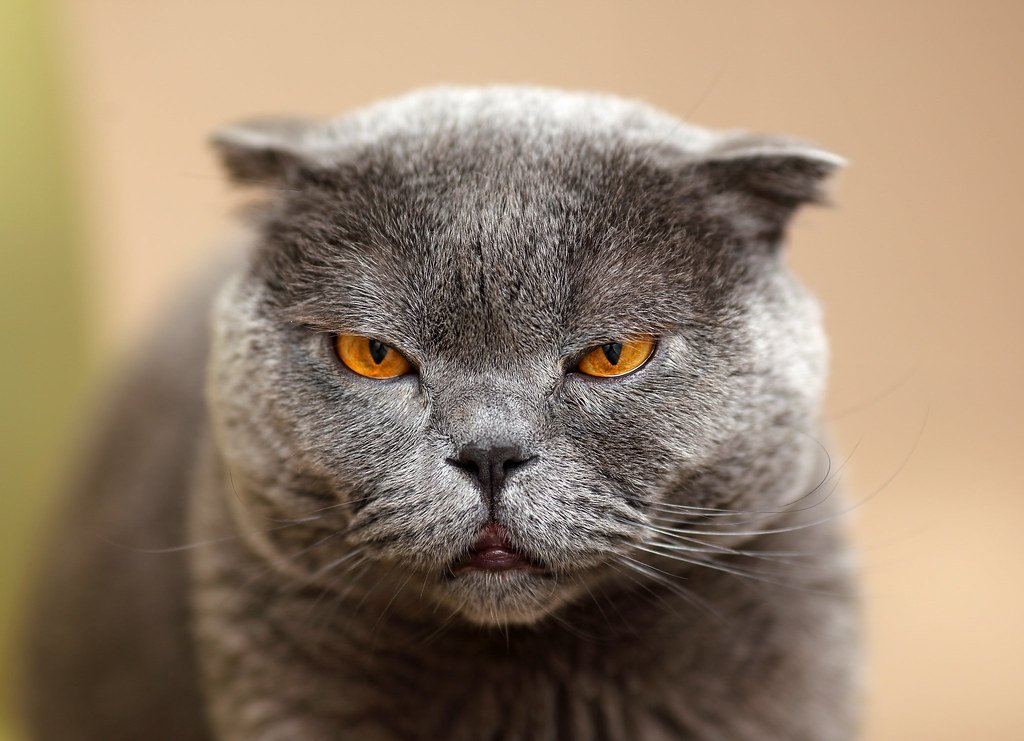
Scottish Folds are famous for their adorable folded ears, but beneath that cute exterior, many are quite reserved. While some individuals can be loving, the breed is often shy around strangers and selective about affection. They usually form a strong bond with one favorite human, sometimes ignoring others in the household completely.
Scottish Folds may retreat to quiet corners or high shelves when guests are over, preferring to watch from a safe distance. Their gentle, undemanding nature makes them low-maintenance, but not ideal for someone seeking a warm, social cat. They’re happiest when left alone to do their own thing, making them more like dignified spectators than active family members.
Bengal: The Untamable Adventurer
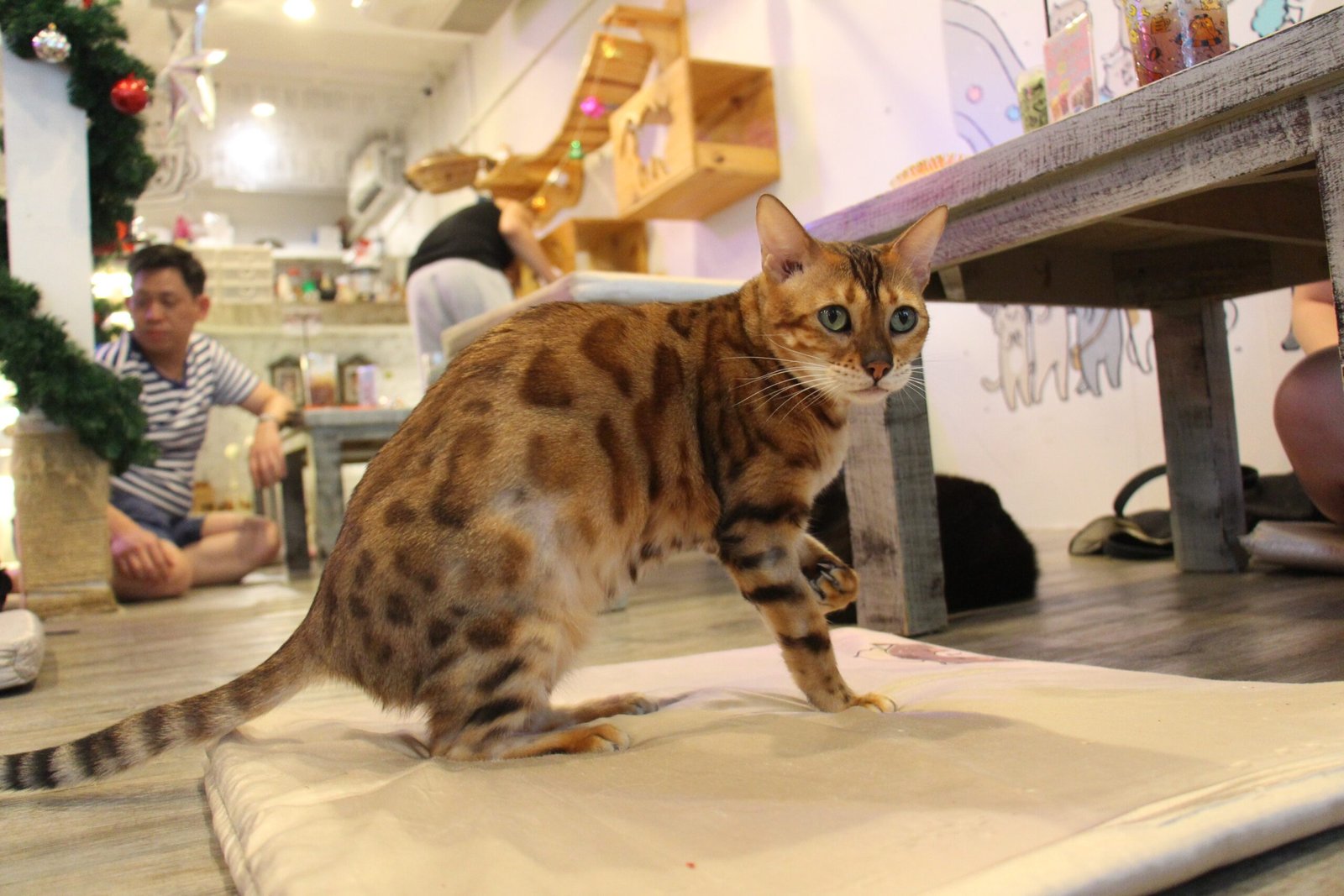
Bengals are breathtakingly beautiful with their leopard-like spots, but don’t let their looks fool you. They are one of the most energetic and independent breeds around. Bengals crave stimulation and adventure, not human companionship. They can be affectionate on their terms, but most of the time they’re busy climbing, hunting, or getting into mischief.
Many Bengals don’t appreciate being picked up or cuddled, and may even act out if they feel confined. Their wild ancestry makes them a handful for inexperienced owners. If you’re looking for a cat to curl up beside you while you read, the Bengal is more likely to be scaling the curtains than joining you on the couch.
Norwegian Forest Cat: The Shy Giant
The Norwegian Forest Cat looks like a majestic lion, and often carries itself with similar aloofness. These cats are known for being shy, especially around strangers. They tend to form a close bond with one or two people, but even then, their affection is measured and subtle.
They’re not likely to seek out attention, and may disappear for hours, happily keeping to themselves. Their independent streak can be charming, but can also leave you feeling like a mere servant in their grand woodland court. For families with lots of visitors or children, the Norwegian Forest Cat may seem distant or even invisible.
Chartreux: The Silent Watcher
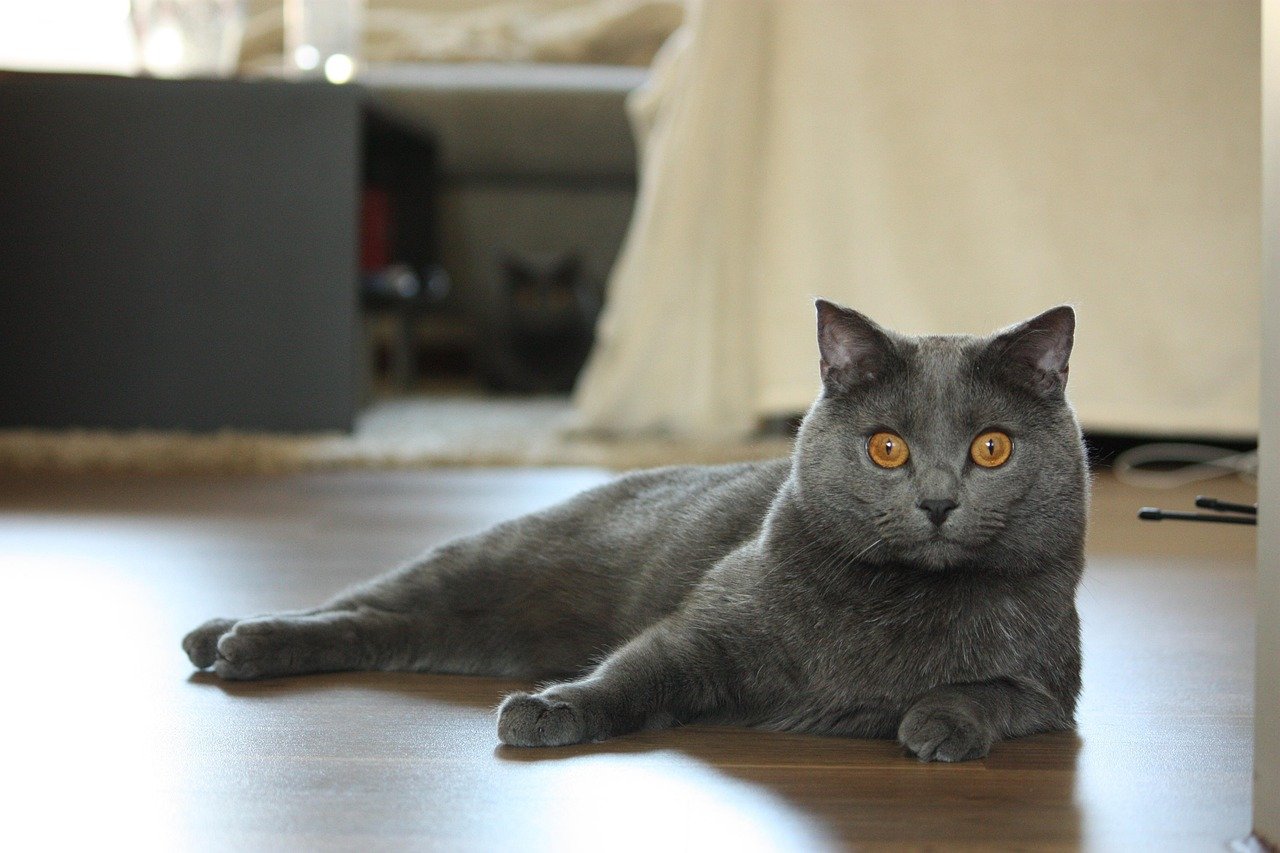
Chartreux cats are a French treasure, but they’re also notorious for their reserved personalities. They’re quiet, observant, and intelligent, often preferring to watch the world go by rather than join in. Chartreux may develop a strong bond with one person but tend to ignore others.
They rarely meow or make much noise, and their calm demeanor can be mistaken for coldness. If you push for attention, they’ll often slink away to a quieter spot. Their need for solitude can be disappointing if you’re hoping for a playful or interactive pet. Think of them as the introverts of the cat world: thoughtful, loyal to a select few, but not eager to join the party.
Russian Blue: The Cautious Companion
Russian Blues are famous for their stunning silvery coats and emerald eyes. While they can be sweet and gentle, they are also known for being very cautious around people. Russian Blues usually take a long time to warm up to new humans, and sudden movements or loud noises can send them running.
They are affectionate in their own quiet way, but rarely seek out attention from strangers. These cats do best in calm, predictable environments, and often shy away from the chaos of busy households. If you’re patient, you might earn their trust, but don’t expect them to be the life of the party.
Egyptian Mau: The Skittish Sprinter
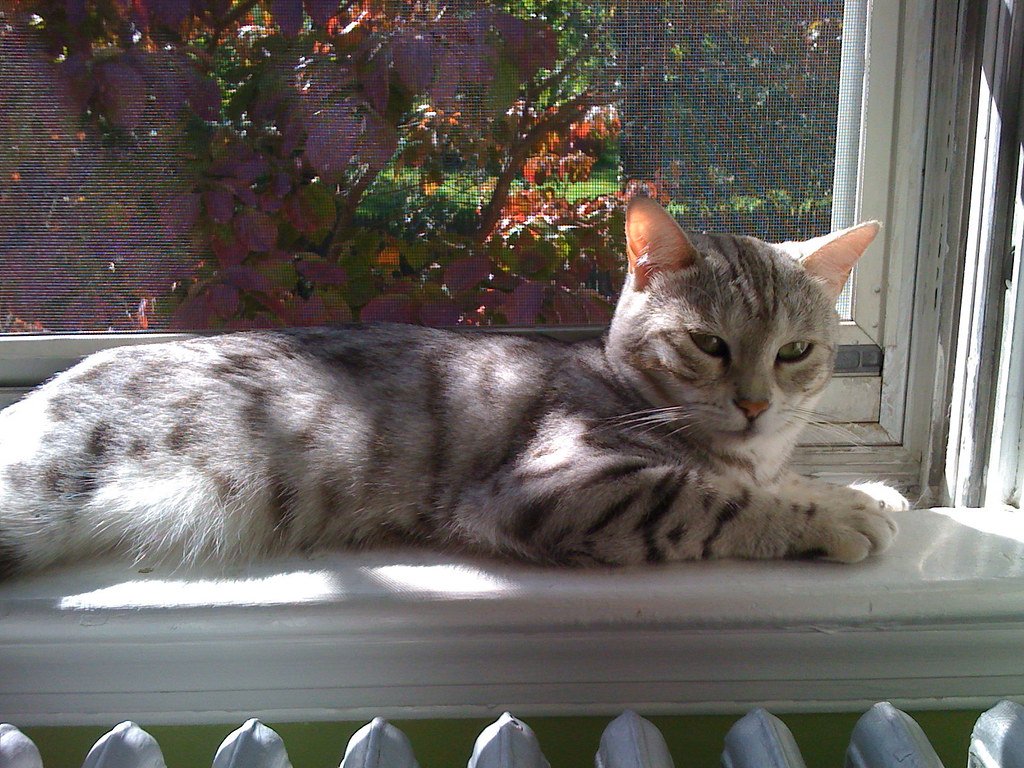
Egyptian Maus are one of the oldest cat breeds, admired for their athletic bodies and striking spotted coats. Despite their regal appearance, they are incredibly skittish and sensitive to change. Egyptian Maus get easily startled and often hide from visitors, preferring the company of their chosen person—or no one at all.
They can form strong bonds, but only if they feel completely safe and unpressured. If you have a busy home or want a sociable cat that loves everyone, the Egyptian Mau is likely to disappoint. Their nervous energy often means they’re more comfortable watching the world from under the couch than mingling with the family.
Korat: The Sensitive Soul
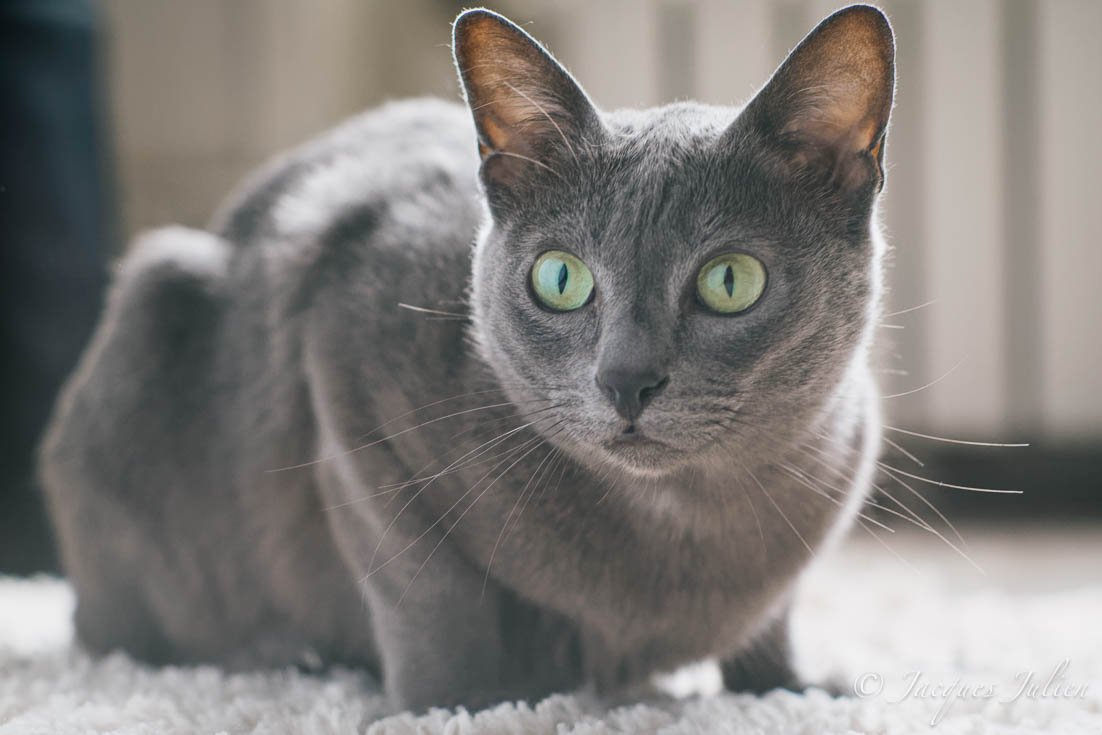
Korats are prized in Thailand for their beauty and luck, but they are not the most people-friendly cats. Korats are highly sensitive and can be wary of strangers and even familiar faces. They dislike loud noises, sudden movements, or anything that disrupts their sense of security.
These cats can be affectionate with their favorite person, but even then, they often prefer to be left alone. Korats get easily stressed and can react poorly to new situations or lots of handling. Their sensitivity makes them a challenging choice for anyone wanting a confident, outgoing cat.
Singapura: The Tiny Recluse
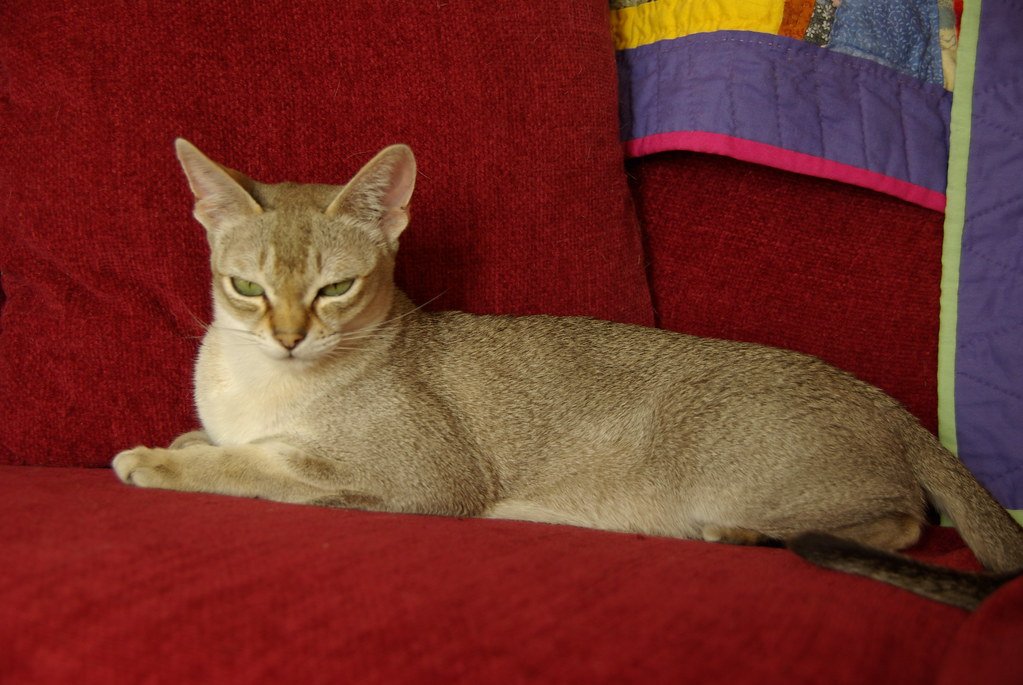
Singapura cats are among the smallest breeds, but their personalities are anything but bold. Despite their curious eyes, many Singapuras are incredibly shy around humans. They tend to hide at the first sign of a stranger and can remain out of sight for hours or even days.
Their small size and gentle nature make them vulnerable to stress, and they often retreat rather than engage. Singapuras can form deep attachments, but only after months or even years of gentle patience. They are rarely the type to seek out affection, making them a quiet presence in the home.
Turkish Van: The Distant Swimmer
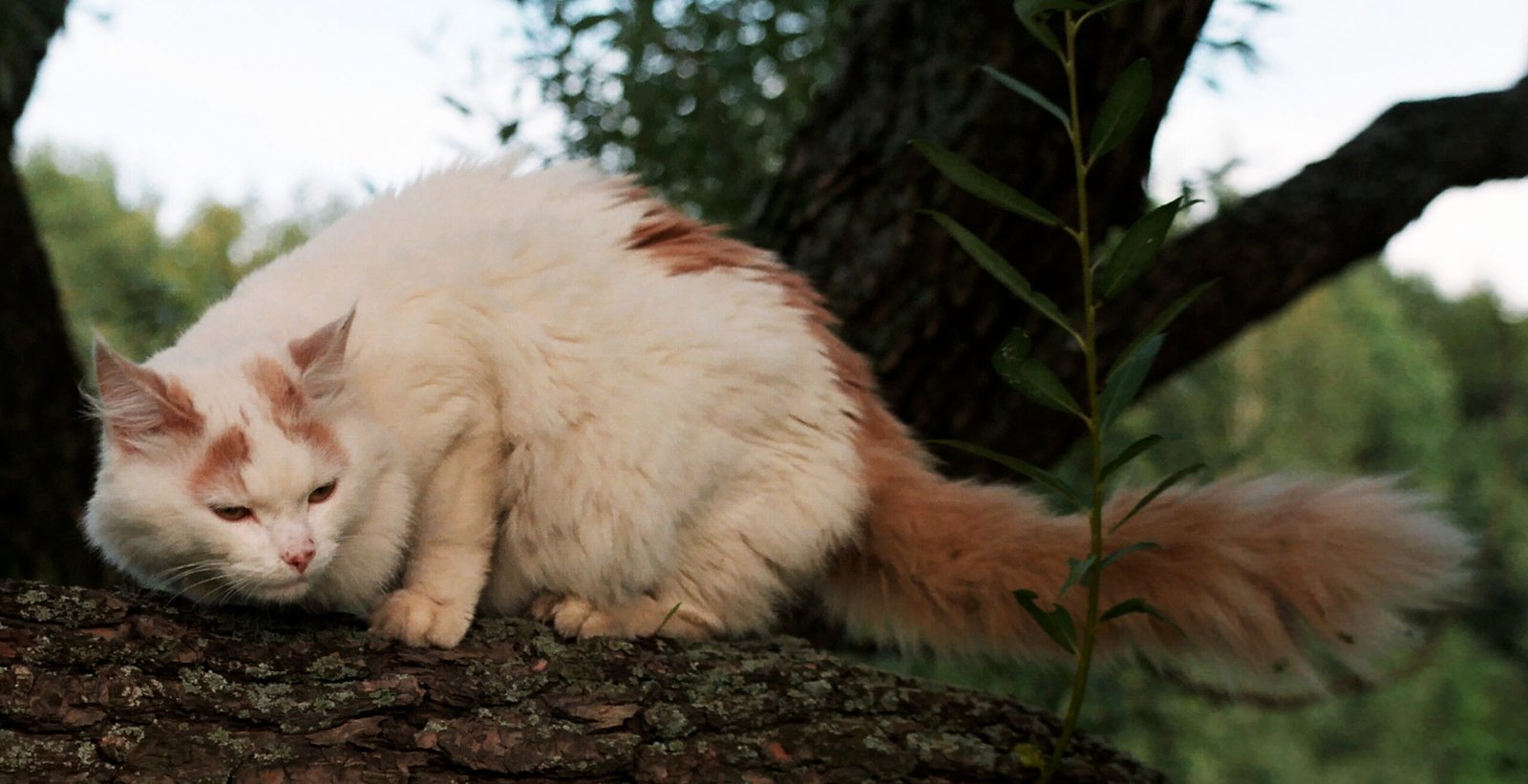
Known as the “swimming cat,” Turkish Vans are famous for their love of water—but not for their love of people. These cats are independent, strong-willed, and can be downright standoffish. While they may enjoy playing or exploring, they often do so alone, ignoring humans entirely.
Turkish Vans can be affectionate when they feel like it, but the mood rarely lasts. They dislike being picked up or cuddled, and may become grumpy if their boundaries aren’t respected. If you want a cat that enjoys your company, the Turkish Van will remind you that some felines are happiest paddling through life all on their own.
While some cats thrive on human affection, others prefer their own space — and that’s totally valid. These more independent breeds aren’t antisocial; they just bond on their own terms. Understanding their personality quirks helps build a respectful and peaceful relationship. So if you’re drawn to a more low-maintenance feline companion, one of these breeds might be your perfect match.
Jen is a passionate nature lover and ocean conservationist. She has dedicated her life to protecting the environment and preserving the beauty of the natural world. Growing up in a small coastal town, Jen sincerely appreciated the ocean and its inhabitants. She has spent countless hours exploring the shoreline, learning about the creatures that inhabit the waters, and advocating for their protection. Jen is an active member of ocean conservation organizations, and she is committed to educating the public about the importance of conserving wildlife and the natural environment.

